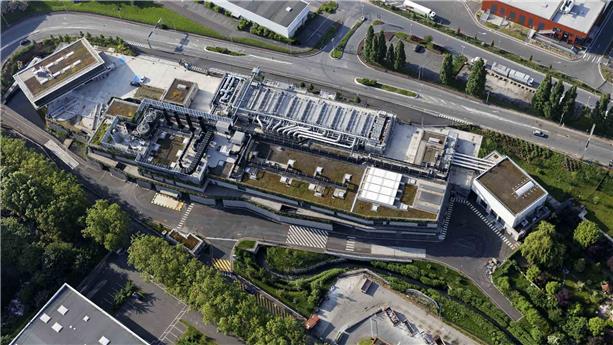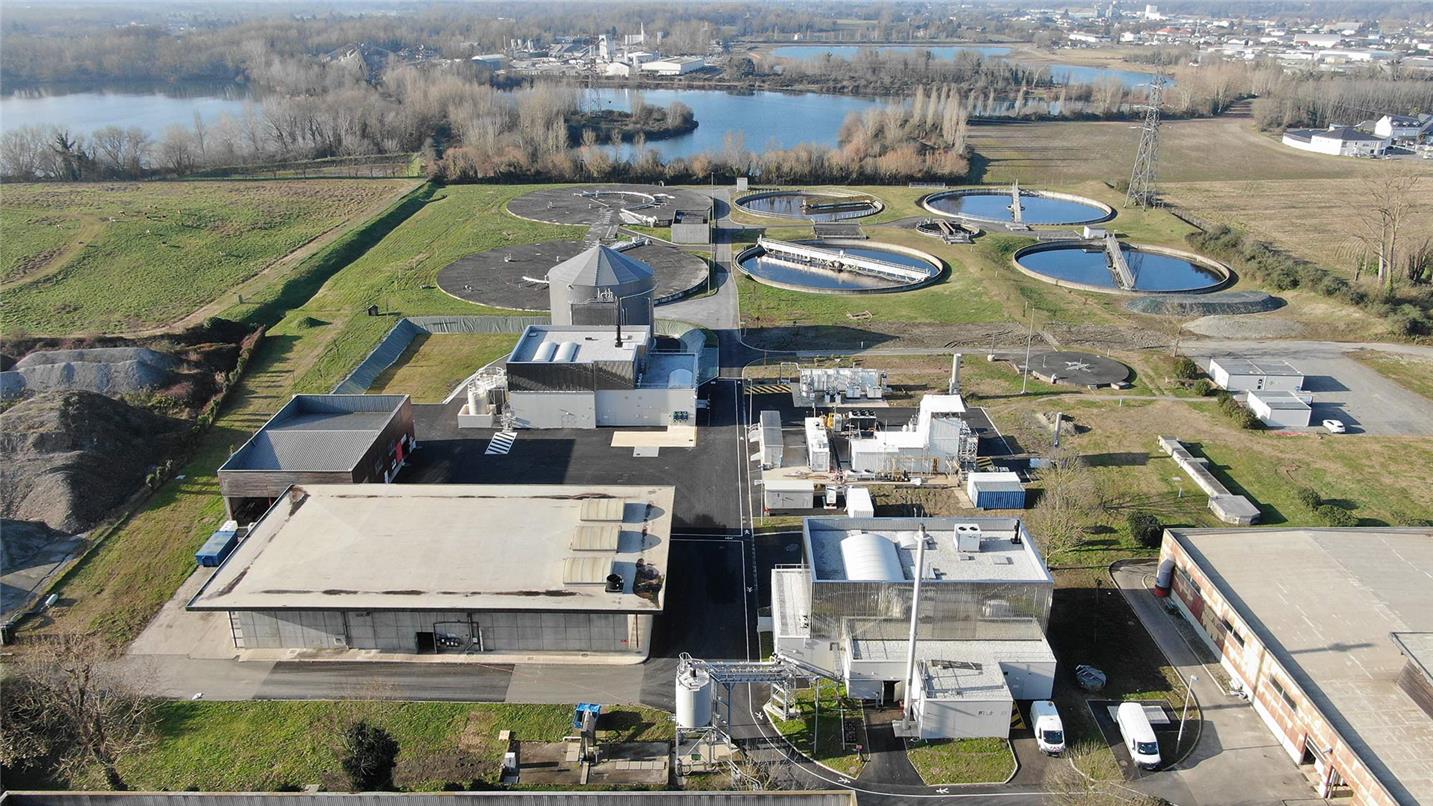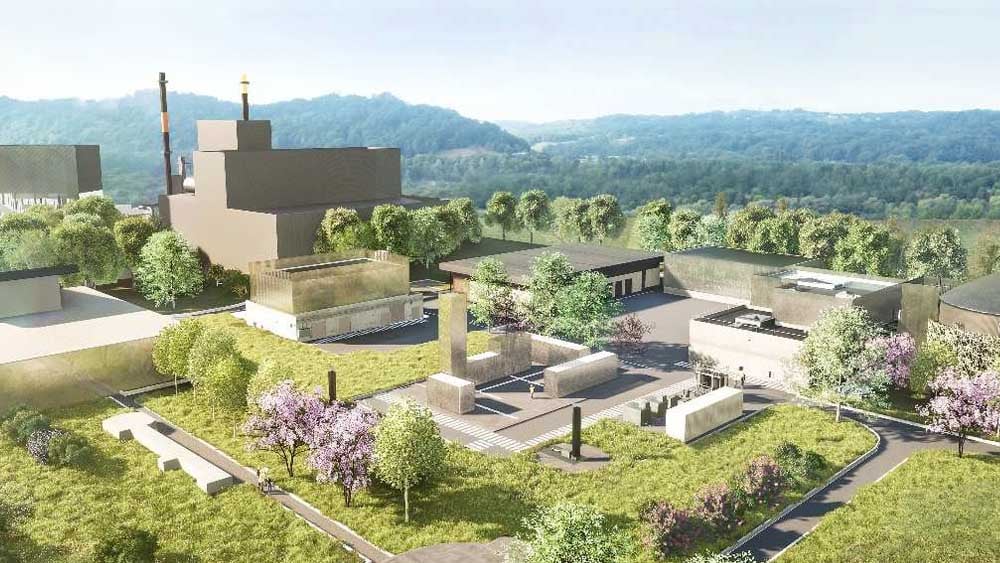
Wastewater treatment plants
Efficient treatment solutions that even make it possible to reuse treated water.
Discover the offer

The project includes two "global technology firsts" resulting in an energy-positive building and an unrivalled carbon footprint.

10
13,000
MWh
~ 5,000
tons